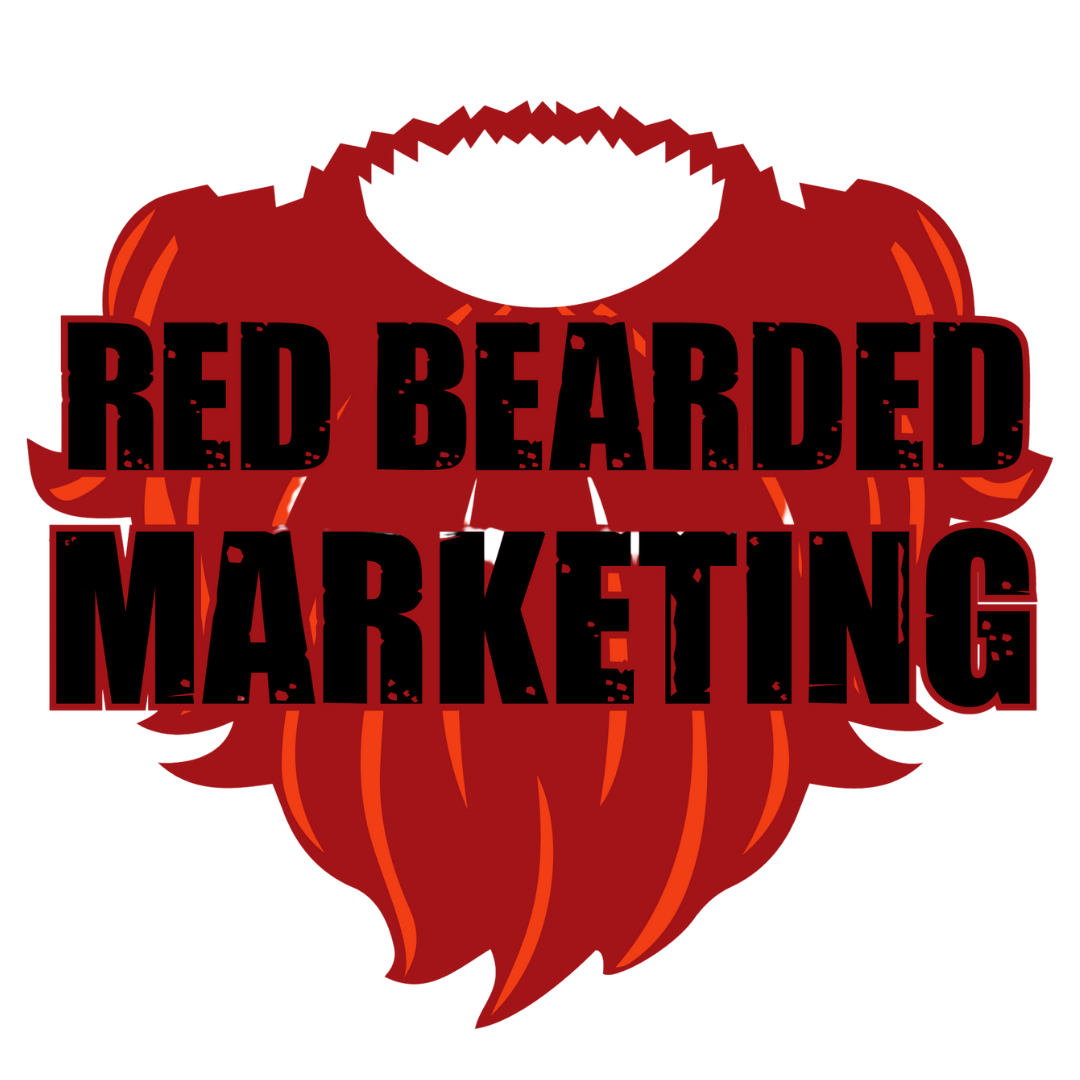The huge opportunity offered by social media is not without its risks. If one of the worst brand Tweets of all time from U.S. Airways has taught us anything, it’s that you can’t control your brand image the way you used to. Brands now carry the baggage that accompanies an ‘always-on’ presence on social media.
But that doesn’t mean you should fear or forego a social presence. In fact, being late to the game can hurt you more—the conversation is happening around your brand whether you like it not. (Since we’re already on the subject of airlines, EasyJet is a great example of why you shouldn’t drag your feet.)
The good news is, your brand can be active on social media without falling victim to brand-damaging events. To help you navigate the tricky world of online brand protection, we’ve put together the following guide.
1. Implement a social media policy
By creating a social media policy, you establish a set of processes and protocols for your brand channels. Most importantly, you protect your brand from malicious behavior and ask all employees to be accountable. Coca-Cola was an early adopter of the social media policy. While it is an external document (and yours might be internal), it’s a great example to check out. It’s clear and concise, without being stiff or alienating.
A social media policy should outline appropriate behavior as well as rules and regulations surrounding social media use. Here are some starting points for an effective policy:
- Company culture and mission
- Brand guidelines and best practices
- Roles and responsibilities around social
- Processes and security protocols
- Industry regulations (if applicable)
- Relevant laws like copyright
2. Educate and train all employees
What good is a social media policy if nobody knows it exists? Your policy shouldn’t just be a legal tool used by execs, but something that every employee knows about.
Your social media awareness training should cover the following:
- Best practices and appropriate use of social networks
- The company’s social media policy
- The security risks involved with using social media
- How to avoid bad tactics and mitigate risk
3. Make access to social accounts (actually) difficult
If your password is “Hello123” then stop reading this article and change your password immediately. That’s right, the humble password is a simple—but often overlooked—aspect of protecting your brand. By implementing layered password protection, you make it harder for people to hack your company’s accounts and impersonate your brand.
You should have these basics covered for your social accounts:
- Complex passwords—Your password should be between eight and 20 characters, including upper and lowercase with special characters.
- Two factor login—You will be prompted for additional verification when you sign in. This adds an extra layer of security to your sign in process.
- Password managers—They will secure all your passwords through one central login. There are great options out there like LastPass or Dashlane.
- Single sign on—This reduces the number of passwords floating around. You can sign in to Hootsuite with the same username and password as your corporate email account, so the ‘keys’ or passwords for social media accounts remain confidential.
4. Set up an approval system for social posts
Who ‘owns’ what goes up on your social media channels? Who approves your content to make sure that it reflects your brand? You should have a clear system hierarchy in place so nothing goes out the door without your approval.
If you’re using Hootsuite, you can set up a double approver system along with permissions and roles for individual employees. That means you can control who has full access, who can post content, and who has limited, read-only access. If you’re using third-party apps or integrations, you can also set up systems to flag potentially sensitive content that automatically stop it from being published.
5. Stop hashtag hijacking before it starts
Hashtag hijacking can be extremely damaging to brands. If you’re not sure what ‘hashtag hijacking’ means, it’s basically when a hashtag you’ve created gets ‘taken’ by others and its meaning becomes distorted or changed completely, usually at your expense.
The snowball effect on social can be quick and severe. Take the classic tale of #McDStories, a PR play that turned into people telling horror stories about McDonald’s food or the more recent #RaceTogether campaign from Starbucks, which tried to address race relations and went horribly wrong.
The best way to combat hashtag hijacking is to make sure that your hashtags aren’t vague or self-serving, and that they focus on benefit to the customer (not to you).
6. Continually monitor social activity
There are lots of reasons you should monitor social activity related to your brand. You can better engage with your customers, deal with customer support issues, and keep an eye out for any sensitive or inappropriate content.
With third party apps and integrations, you can protect accounts from brand impersonation, customer scams, fraud, and impersonation. For example, with ZeroFOX and Hootsuite, you can automatically identify and remediate risks in your Hootsuite stream.
7. Have a contingency plan
Even the best-laid campaigns can hit a bump in the road. That’s why you should always build a social media contingency plan into your strategy. The way you deal with escalating issues can make or break your brand image.
Start by devising a set of possible negative outcomes and/or scenarios. Around each of those scenarios, you should detail the following:
- Brand messaging procedure
- Roles and responsibilities
- Key points of contact
Protect your brand on social media
By making brand protection a priority for your business, you can stop harmful behavior before it becomes a problem. There are tools that can help you automatically assess risky posts and protect brands from harmful social media activity.
